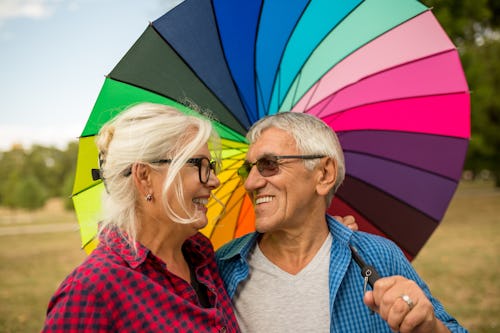
Tinder is ending a longstanding policy of charging older users more to access its Tinder Plus premium dating service. The move comes as a new study shows that there was a more than 400 percent gap between the cheapest and most expensive subscription costs for its premium features in the U.S.
The research, by consumer advocacy group Consumers International and the not-for-profit Mozilla Foundation, involved undercover users trying out Tinder in six different countries: the U.S., New Zealand, the Netherlands, Brazil, India, and South Korea.
The researchers found that Tinder Plus users in a single country — the Netherlands — were quoted 31 different prices for the extra feature. In two-thirds of the countries analyzed, the highest price for a Tinder Plus subscription was between four and six times the cost of the lowest. According to the analysis, users ages 30 to 49 paid 65 percent more on average than those ages 18 to 29.
“The idea of one country having 31 different price points is in and of itself really interesting,” Ashley Boyd, Mozilla’s vice president of advocacy tells Input. “I think people will be startled to see the range and the significant cost difference.”
In the U.S., nine different prices were discovered by the secret shoppers. The difference between the highest price ($26.99) and the lowest ($4.99) was 441 percent. The Netherlands had a 483 percent gap between its highest and lowest priced subscriptions.
Lack of transparency —
In response to an inquiry about the study, a Tinder spokesperson tells Input that age-based pricing had already ended in the U.S., U.K., Brazil, and Australia and will be removed elsewhere by the end of the second quarter of this year.
“When we launched our first subscription we wanted to offer younger members a lower price point than the standard price, to make Tinder affordable for those in school or early in their careers,” Tinder says in a new blog post. “Age and market were the only factors taken into account to determine pricing.”
Boyd and her colleagues have less of a problem with variable pricing — which they acknowledge can be beneficial for users — and more with Tinder’s lack of transparency. The researchers discovered less dramatic, but nonetheless different, prices depending on both gender and sexual preference — though they were at pains to point out that the differences in those instances aren’t statistically significant and don’t suggest any bias based on gender or sexual preference.
A Tinder spokesperson says the new “report is deeply flawed and contains completely false and outrageous allegations,” adding that Tinder has never factored in sexual orientation or gender identity into its pricing. “Any reporting or inference that we do this is patently false and outrageous.”
Previous class action suit —
This isn’t the first time Tinder has been accused of age discrimination. In 2019, the company settled a class action lawsuit for $17 million for charging users ages 30 and up twice the price of others to use Tinder Plus. At the time, Tinder said the different price points were based on what people could afford to pay: Younger users didn’t have as much in the bank and were therefore more inclined to pay $9.99, as opposed to $19.99, for premium access to the dating pool.
Charging different prices to different users based on age “strikes me as being highly discriminatory,” says Alan Woodward, a cybersecurity professor at the U.K.’s University of Surrey. “This isn’t like taxes, where those with the most might be asked to pay the most. This is profiling individuals to see what the maximum price they will pay regardless of ability to pay.”
In general though, U.K. dating expert James Preeces says that “older users have more disposable income to spend on this.” He adds, “The older users will be more likely to be a little fussier as they know what they want, so they are willing to pay for extra features such as more search filters and boosts.”
As for Boyd, she sees Tinder’s change in policy as a potential warning sign for other similar consumer-focused apps. “I think this tells us we have quite a path to walk to create a trusted relationship between consumer tech that uses algorithms and consumers [themselves],” she says.







